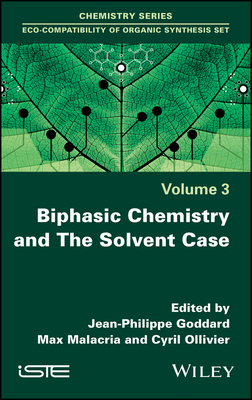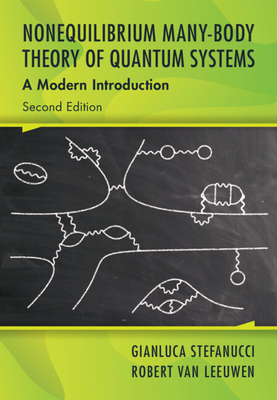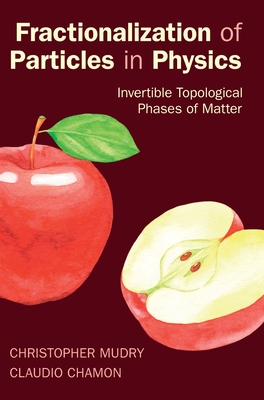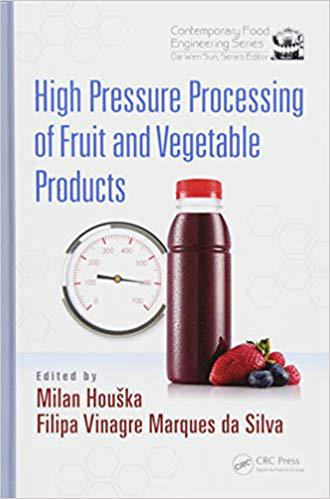图书简介
Biphasic Chemistry and The Solvent Case examines recent improvements in reaction conditions, in order to affirm the role of chemistry in the sustainable field. This book shows that those who work within the chemistry industry support limits for the use of toxic or flammable solvents, since it reduces the purifications to simple filtrations. Thanks to commercial scavengers, solid phase syntheses are now available to all. Fluorine biphasic catalysis enables extremely efficient catalyst recycling and has a high applicability potential at the industrial level. This book also reviews the many studies that have shown that water is a solvent of choice for most synthetic reactions. Particular traits can be obtained and the effects on thermodynamics make it possible to operate at lower temperatures, thereby achieving energy savings. Finally the great diversity of application of the reactions without solvents is illustrated.
Chapter 1. Solid-phase Supported Chemistry 1 Geraldine GOUHIER 1.1. Introduction 1 1.2. Principle of solid-phase chemistry 2 1.3. Advantages 4 1.4. Safety and environment 4 1.5. Disadvantages and limitations 5 1.6. Evolution 6 1.7. Supports: linear skeletons 6 1.8. Three-dimensional resins 7 1.8.1. Macroporous resins 7 1.8.2. Gel resins 8 1.9. Characteristics of gel supports 10 1.9.1. Functionalization rate 10 1.9.2. Swelling properties 10 1.9.3. Size of the beads 12 1.9.4. Influence of cross-linking on swelling 12 1.9.5. Diffusion effect 13 1.9.6. Influence of cross-linking on diffusion 13 1.9.7. Influence of steric bulk 14 1.9.8. Influence of agitation 14 1.9.9. Proximity and pseudodilution effects 14 1.9.10. Proximity effect 15 1.9.11. Pseudodilution effect 15 1.9.12. Availability and costs 16 1.10. Functionalization of the solid support 17 1.10.1. Spacer arms 17 1.10.2. Linkers 18 1.10.3. Influence of functionalization 19 1.11. Analytical methods and reaction monitoring 20 1.11.1. Centesimal analyses 20 1.11.2. Colorimetric dosages 22 1.11.3. Indirect analyses 23 1.11.4. Infrared spectroscopy 23 1.11.5. Nuclear magnetic resonance spectrometry 24 1.11.6. Mass spectrometry 29 1.12. Solid-phase syntheses 29 1.12.1. Supported reagents 29 1.12.2. Supported chiral catalysts 32 1.12.3. Scavengers 34 1.13. Innovative applications and processes 35 1.13.1. Examples 35 1.13.2. Parallel syntheses on a solid support 37 1.14. Activation on solid phase 40 1.14.1. Microwave reactions 40 1.14.2. Reactions under high pressure 42 1.14.3. Reactions under ultrasound 42 1.14.4. Supported electrochemical reactions 43 1.14.5. Reactions in ionic liquid 43 1.15. Industrial applications and prospects 45 1.16. Conclusion 45 1.17. References 45 Chapter 2. Fluorous Tags and Phases for Synthesis and Catalysis 57 Jean-Marc VINCENT 2.1. Introduction 57 2.2. Structures and properties of fluorous tags and phases 58 2.2.1. History of fluorous chemistry 58 2.2.2. Fluorous tags 59 2.2.3. Fluorous solvents 60 2.2.4. Solid fluorous phases 62 2.3. Separation/recycling methodologies using fluorous tags and phases 64 2.3.1. Application for catalysis 64 2.3.2. Application for synthesis 75 2.4. Conclusion 90 2.5. References 90 Chapter 3. Chemistry In and On Water 99 Marie-Christine SCHERRMANN 3.1. Introduction 99 3.1.1. Presentation and history 99 3.1.2. Position in the context of green chemistry 100 3.2. General: origin of reactivity in and on water 100 3.2.1. Water structure and properties 100 3.2.2. Chemistry in water: the hydrophobic effect 102 3.2.3. Origin of reactivity on water 106 3.3. Limitations of the method 107 3.4. Reactivity in and on water 107 3.4.1. Pericyclic reactions 107 3.4.2. Addition reactions of carbonyl derivatives 121 3.4.3. Coupling reactions catalyzed by transition metals 127 3.4.4. Radical reactions 135 3.4.5. Oxidation and reduction reactions 136 3.5. Multistep syntheses 142 3.6. Industrial applications 143 3.7. Conclusion 144 3.8. References 145 Chapter 4. Solvent-free Chemistry 169 Thomas-Xavier METRO, Xavier BANTREIL, Jean MARTINEZ and Frederic LAMATY 4.1. Introduction 169 4.2. General information on solvent-free synthesis: why use a solvent? 170 4.3. Working without solvents 170 4.4. Limitations of the technique 171 4.5. In practice: methods and reactivity 172 4.5.1. Methods and equipment. 172 4.5.2. Examples 172 4.5.3. Scaling up: industrial applications 173 4.6. Mortar and pestle 176 4.6.1. Methods and equipment 176 4.6.2. Examples 176 4.6.3. Scaling up: industrial applications 177 4.7. Ball-mills 178 4.7.1. Methods and equipment 178 4.7.2. Examples 180 4.7.3. Scaling up: industrial applications 185 4.8. Extruders 190 4.8.1. Methods and equipment 190 4.8.2. Examples 191 4.9. Microwave irradiation 192 4.9.1. Methods and equipment 192 4.9.2. Examples 194 4.9.3. Scaling up: industrial applications 196 4.10. Photochemistry 198 4.10.1. Methods and equipment 198 4.10.2. Examples 199 4.10.3. Scaling up: industrial applications 201 4.11. Comparison of techniques 204 4.12. Conclusion 206 4.13. References 206 List of Authors 217 Index 219
Trade Policy 买家须知
- 关于产品:
- ● 正版保障:本网站隶属于中国国际图书贸易集团公司,确保所有图书都是100%正版。
- ● 环保纸张:进口图书大多使用的都是环保轻型张,颜色偏黄,重量比较轻。
- ● 毛边版:即书翻页的地方,故意做成了参差不齐的样子,一般为精装版,更具收藏价值。
关于退换货:- 由于预订产品的特殊性,采购订单正式发订后,买方不得无故取消全部或部分产品的订购。
- 由于进口图书的特殊性,发生以下情况的,请直接拒收货物,由快递返回:
- ● 外包装破损/发错货/少发货/图书外观破损/图书配件不全(例如:光盘等)
并请在工作日通过电话400-008-1110联系我们。
- 签收后,如发生以下情况,请在签收后的5个工作日内联系客服办理退换货:
- ● 缺页/错页/错印/脱线
关于发货时间:- 一般情况下:
- ●【现货】 下单后48小时内由北京(库房)发出快递。
- ●【预订】【预售】下单后国外发货,到货时间预计5-8周左右,店铺默认中通快递,如需顺丰快递邮费到付。
- ● 需要开具发票的客户,发货时间可能在上述基础上再延后1-2个工作日(紧急发票需求,请联系010-68433105/3213);
- ● 如遇其他特殊原因,对发货时间有影响的,我们会第一时间在网站公告,敬请留意。
关于到货时间:- 由于进口图书入境入库后,都是委托第三方快递发货,所以我们只能保证在规定时间内发出,但无法为您保证确切的到货时间。
- ● 主要城市一般2-4天
- ● 偏远地区一般4-7天
关于接听咨询电话的时间:- 010-68433105/3213正常接听咨询电话的时间为:周一至周五上午8:30~下午5:00,周六、日及法定节假日休息,将无法接听来电,敬请谅解。
- 其它时间您也可以通过邮件联系我们:customer@readgo.cn,工作日会优先处理。
关于快递:- ● 已付款订单:主要由中通、宅急送负责派送,订单进度查询请拨打010-68433105/3213。
本书暂无推荐
本书暂无推荐
















